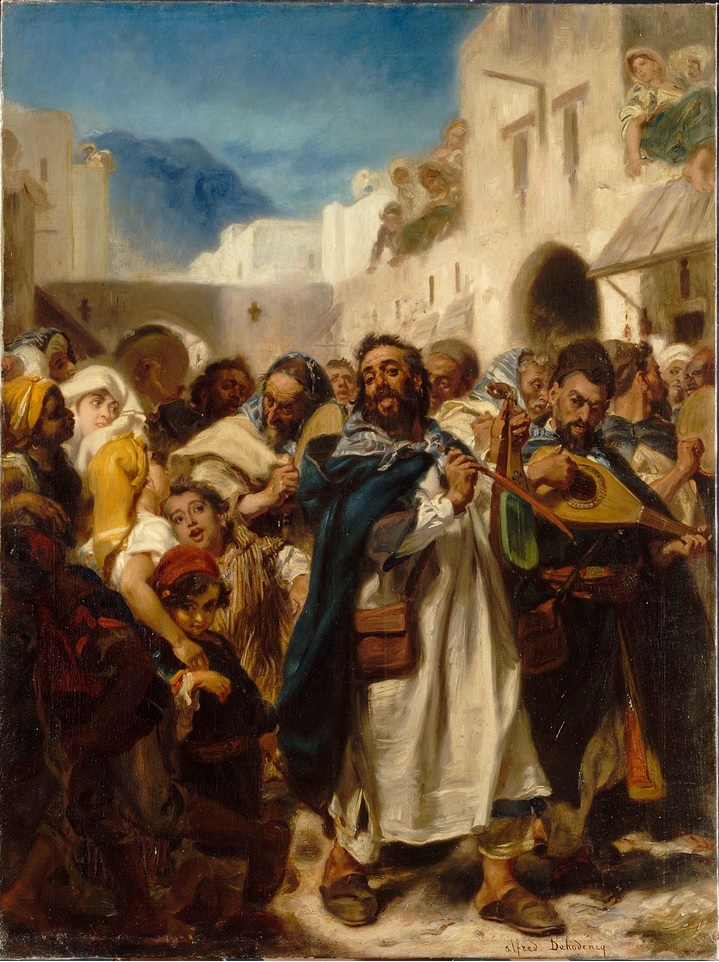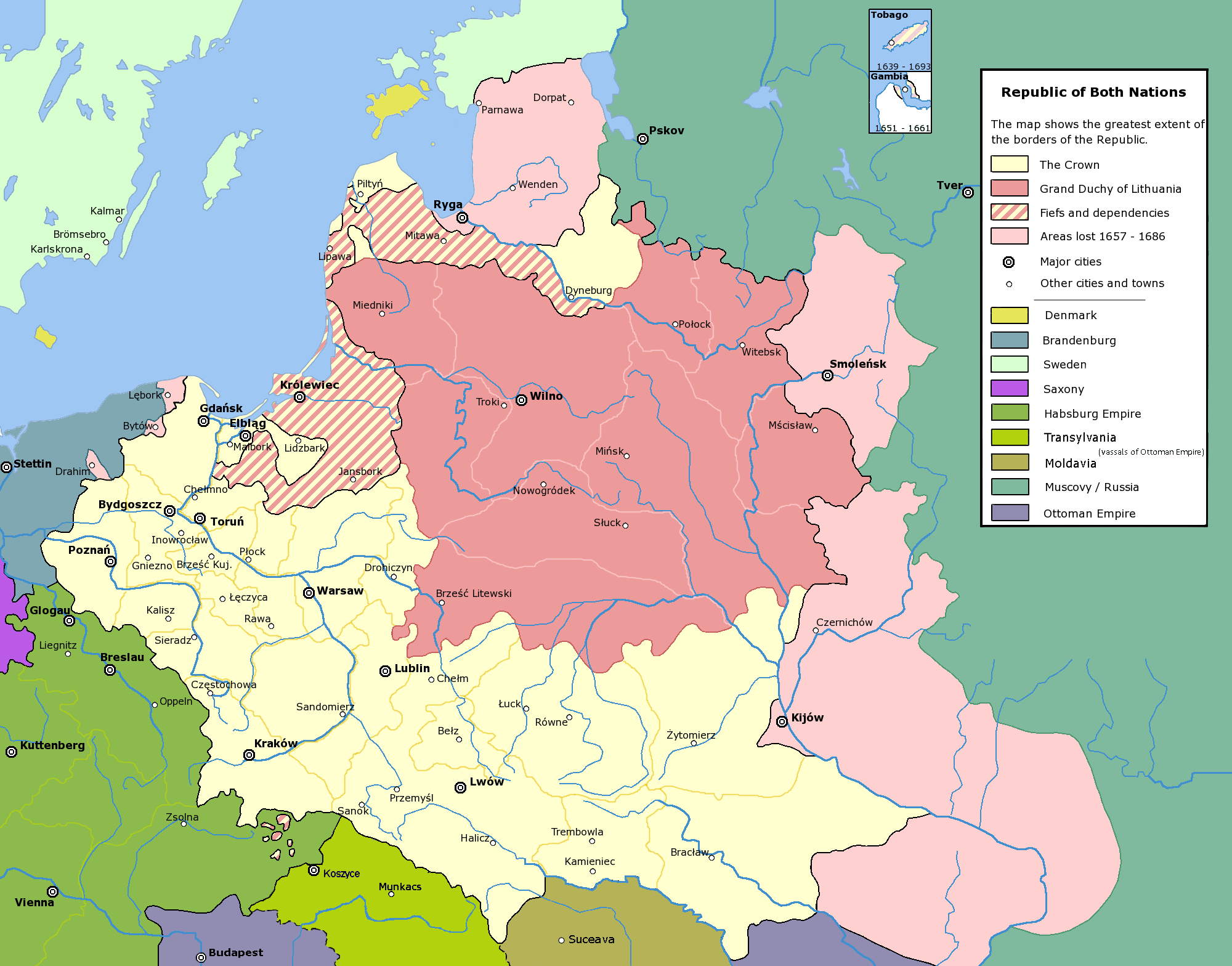|
City Shul
City Shul is a Reform synagogue in downtown Toronto, founded in October 2012 and led by Rabbi Elyse Goldstein. Until September 2017, the congregation met at the Wolfond Centre for Jewish Campus Life, near the St George campus of the University of Toronto. From 2017 to 2022, it was located in the same building as Bloor Street United Church. Since 2022, the congregation has met at the St George by the Grange. History City Shul was founded to serve the growing Jewish population in downtown Toronto. It is part of the Downtown Jewish Community Council of Toronto. City Shul includes members who are visible minorities, LGBT, Jews-by-choice and people with no Jewish background. The Shul also includes members who were raised in different Jewish traditions, such as Ashkenazi or Sephardi Jews, and those who come from a variety of Jewish religious movements Jewish religious movements, sometimes called "religious denomination, denominations", include different groups within Ju ... [...More Info...] [...Related Items...] OR: [Wikipedia] [Google] [Baidu] |
Reform Judaism
Reform Judaism, also known as Liberal Judaism or Progressive Judaism, is a major Jewish denomination that emphasizes the evolving nature of Judaism, the superiority of its ethical aspects to its ceremonial ones, and belief in a continuous search for truth and knowledge, which is closely intertwined with human reason and not limited to the theophany at Mount Sinai. A highly liberal strand of Judaism, it is characterized by lessened stress on ritual and personal observance, regarding '' halakha'' (Jewish law) as non-binding and the individual Jew as autonomous, and great openness to external influences and progressive values. The origins of Reform Judaism lie in 19th-century Germany, where Rabbi Abraham Geiger and his associates formulated its early principles. Since the 1970s, the movement has adopted a policy of inclusiveness and acceptance, inviting as many as possible to partake in its communities rather than adhering to strict theoretical clarity. It is strongly identifi ... [...More Info...] [...Related Items...] OR: [Wikipedia] [Google] [Baidu] |
Ashkenazi Jews
Ashkenazi Jews ( ; he, יְהוּדֵי אַשְׁכְּנַז, translit=Yehudei Ashkenaz, ; yi, אַשכּנזישע ייִדן, Ashkenazishe Yidn), also known as Ashkenazic Jews or ''Ashkenazim'',, Ashkenazi Hebrew pronunciation: , singular: , Modern Hebrew: are a Jewish diaspora population who coalesced in the Holy Roman Empire around the end of the first millennium CE. Their traditional diaspora language is Yiddish (a West Germanic language with Jewish linguistic elements, including the Hebrew alphabet), which developed during the Middle Ages after they had moved from Germany and France into Northern Europe and Eastern Europe. For centuries, Ashkenazim in Europe used Hebrew only as a sacred language until the revival of Hebrew as a common language in 20th-century Israel. Throughout their numerous centuries living in Europe, Ashkenazim have made many important contributions to its philosophy, scholarship, literature, art, music, and science. The rabbini ... [...More Info...] [...Related Items...] OR: [Wikipedia] [Google] [Baidu] |
2012 Establishments In Ontario
1 (one, unit, unity) is a number representing a single or the only entity. 1 is also a numerical digit and represents a single unit of counting or measurement. For example, a line segment of ''unit length'' is a line segment of length 1. In conventions of sign where zero is considered neither positive nor negative, 1 is the first and smallest positive integer. It is also sometimes considered the first of the infinite sequence of natural numbers, followed by 2, although by other definitions 1 is the second natural number, following 0. The fundamental mathematical property of 1 is to be a multiplicative identity, meaning that any number multiplied by 1 equals the same number. Most if not all properties of 1 can be deduced from this. In advanced mathematics, a multiplicative identity is often denoted 1, even if it is not a number. 1 is by convention not considered a prime number; this was not universally accepted until the mid-20th century. Additionally, 1 is th ... [...More Info...] [...Related Items...] OR: [Wikipedia] [Google] [Baidu] |
Synagogues In Toronto
A synagogue, ', 'house of assembly', or ', "house of prayer"; Yiddish: ''shul'', Ladino: or ' (from synagogue); or ', "community". sometimes referred to as shul, and interchangeably used with the word temple, is a Jewish house of worship. Synagogues have a place for prayer (the main sanctuary and sometimes smaller chapels), where Jews attend religious Services or special ceremonies (including Weddings, Bar Mitzvahs or Bat Mitzvahs, Confirmations, choir performances, or even children's plays), have rooms for study, social hall(s), administrative and charitable offices, classrooms for religious school and Hebrew school, sometimes Jewish preschools, and often have many places to sit and congregate; display commemorative, historic, or modern artwork throughout; and sometimes have items of some Jewish historical significance or history about the Synagogue itself, on display. Synagogues are consecrated spaces used for the purpose of Jewish prayer, study, assembly, and read ... [...More Info...] [...Related Items...] OR: [Wikipedia] [Google] [Baidu] |
Sephardi Reform Judaism
Sephardic (or Sephardi) Jews (, ; lad, Djudíos Sefardíes), also ''Sepharadim'' , Modern Hebrew: ''Sfaradim'', Tiberian: Səp̄āraddîm, also , ''Ye'hude Sepharad'', lit. "The Jews of Spain", es, Judíos sefardíes (or ), pt, Judeus sefarditas or Hispanic Jews, are a Jewish diaspora population associated with the Iberian Peninsula. The term, which is derived from the Hebrew ''Sepharad'' (), can also refer to the Mizrahi Jews of Western Asia and North Africa, who were also influenced by Sephardic law and customs. Many Iberian Jewish exiles also later sought refuge in Mizrahi Jewish communities, resulting in integration with those communities. The Jewish communities of the Iberian Peninsula prospered for centuries under the Muslim reign of Al-Andalus following the Umayyad conquest of Hispania, but their fortunes began to decline with the Christian ''Reconquista'' campaign to retake Spain. In 1492, the Alhambra Decree by the Catholic Monarchs of Spain called for the expulsi ... [...More Info...] [...Related Items...] OR: [Wikipedia] [Google] [Baidu] |
Reform Synagogues In Canada
Reform ( lat, reformo) means the improvement or amendment of what is wrong, corrupt, unsatisfactory, etc. The use of the word in this way emerges in the late 18th century and is believed to originate from Christopher Wyvill's Association movement which identified “Parliamentary Reform” as its primary aim.Reform in English Public Life: the fortunes of a word. Joanna Innes 2003 Reform is generally regarded as antithetical to revolution. Developing countries may carry out a wide range of reforms to improve their living standards, often with support from international financial institutions and aid agencies. This can include reforms to macroeconomic policy, the civil service, and public financial management. In the United States, rotation in office or term limits would, by contrast, be more revolutionary, in altering basic political connections between incumbents and constituents. Re-form When used to describe something which is ''physically'' formed again, such as re-casting ( ... [...More Info...] [...Related Items...] OR: [Wikipedia] [Google] [Baidu] |
Ashkenazi Jewish Culture In Toronto
Ashkenazi Jews ( ; he, יְהוּדֵי אַשְׁכְּנַז, translit=Yehudei Ashkenaz, ; yi, אַשכּנזישע ייִדן, Ashkenazishe Yidn), also known as Ashkenazic Jews or ''Ashkenazim'',, Ashkenazi Hebrew pronunciation: , singular: , Modern Hebrew: are a Jewish diaspora population who coalesced in the Holy Roman Empire around the end of the first millennium CE. Their traditional diaspora language is Yiddish (a West Germanic language with Jewish linguistic elements, including the Hebrew alphabet), which developed during the Middle Ages after they had moved from Germany and France into Northern Europe and Eastern Europe. For centuries, Ashkenazim in Europe used Hebrew only as a sacred language until the revival of Hebrew as a common language in 20th-century Israel. Throughout their numerous centuries living in Europe, Ashkenazim have made many important contributions to its philosophy, scholarship, literature, art, music, and science. The rabbinical term ... [...More Info...] [...Related Items...] OR: [Wikipedia] [Google] [Baidu] |
A Progressive Siddur
A, or a, is the first letter and the first vowel letter of the Latin alphabet, used in the modern English alphabet, and others worldwide. Its name in English is '' a'' (pronounced ), plural ''aes''. It is similar in shape to the Ancient Greek letter alpha, from which it derives. The uppercase version consists of the two slanting sides of a triangle, crossed in the middle by a horizontal bar. The lowercase version is often written in one of two forms: the double-storey and single-storey . The latter is commonly used in handwriting and fonts based on it, especially fonts intended to be read by children, and is also found in italic type. In English, '' a'' is the indefinite article, with the alternative form ''an''. Name In English, the name of the letter is the ''long A'' sound, pronounced . Its name in most other languages matches the letter's pronunciation in open syllables. History The earliest known ancestor of A is ''aleph''—the first letter of the Phoenician ... [...More Info...] [...Related Items...] OR: [Wikipedia] [Google] [Baidu] |
Central Conference Of American Rabbis
The Central Conference of American Rabbis (CCAR), founded in 1889 by Rabbi Isaac Mayer Wise, is the principal organization of Reform rabbis in the United States and Canada. The CCAR is the largest and oldest rabbinical organization in the world. Its current president is Lewis Kamrass. Rabbi Hara Person is the Chief Executive. Overview The CCAR primarily consists of rabbis educated at Hebrew Union College-Jewish Institute of Religion, located in Cincinnati, Ohio, New York City, Los Angeles, and Jerusalem. The CCAR also offers membership to those who have graduated in Europe from the Leo Baeck College in London (United Kingdom) and the Abraham Geiger College at the University of Potsdam (Germany), and others who joined the Reform movement after being ordained. Most of the last group graduated from either the Conservative Jewish Theological Seminary or the Reconstructionist Rabbinical College. The CCAR issues responsa, resolutions, and platforms, but in keeping with the princi ... [...More Info...] [...Related Items...] OR: [Wikipedia] [Google] [Baidu] |
Jewish Religious Movements
Jewish religious movements, sometimes called " denominations", include different groups within Judaism which have developed among Jews from ancient times. Today, the most prominent divisions are between traditionalist Orthodox movements (including Haredi and Religious Zionist () sects); modernist movements such as Conservative, Masorti and Reform Judaism; and secular or Jews. The movements differ in their views on various issues. These issues include the level of observance, the methodology for interpreting and understanding Jewish law, biblical authorship, textual criticism, and the nature or role of the messiah (or messianic age). Across these movements, there are marked differences in liturgy, especially in the language in which services are conducted, with the more traditional movements emphasizing Hebrew. The sharpest theological division occurs between Orthodox and non-Orthodox Jews who adhere to other denominations, such that the non-Orthodox movements are sometimes ref ... [...More Info...] [...Related Items...] OR: [Wikipedia] [Google] [Baidu] |
Sephardi Jews
Sephardic (or Sephardi) Jews (, ; lad, Djudíos Sefardíes), also ''Sepharadim'' , Modern Hebrew: ''Sfaradim'', Tiberian Hebrew, Tiberian: Səp̄āraddîm, also , ''Ye'hude Sepharad'', lit. "The Jews of Spain", es, Judíos sefardíes (or ), pt, Judeus sefarditas or Hispanic Jews, are a Jewish diaspora population associated with the Iberian Peninsula. The term, which is derived from the Hebrew ''Sepharad'' (), can also refer to the Mizrahi Jews of Western Asia and North Africa, who were also influenced by Sephardic law and customs. Many Iberian Jewish exiles also later sought refuge in Mizrahi Jewish communities, resulting in integration with those communities. The Jewish communities of the Iberian Peninsula prospered for centuries under the Muslim reign of Al-Andalus following the Umayyad conquest of Hispania, but their fortunes began to decline with the Christians, Christian ''Reconquista'' campaign to retake Spain. In 1492, the Alhambra Decree by the Catholic Monarchs of ... [...More Info...] [...Related Items...] OR: [Wikipedia] [Google] [Baidu] |


.jpg)


